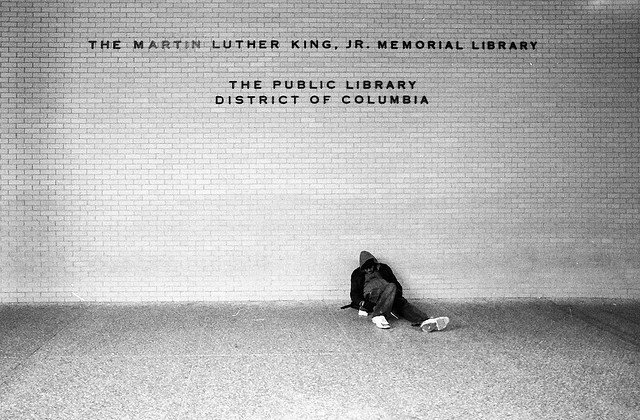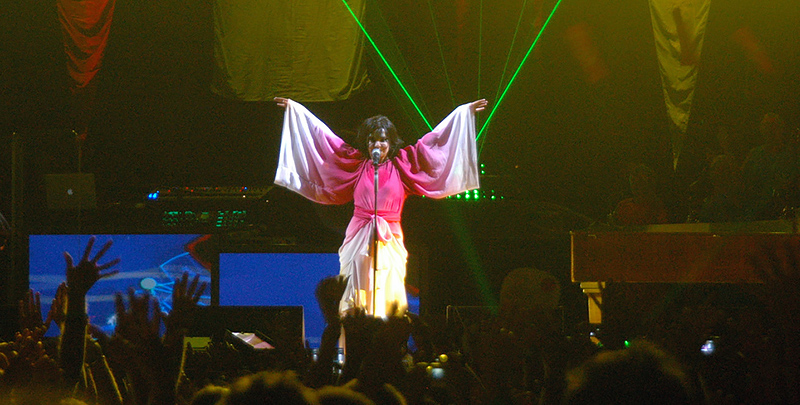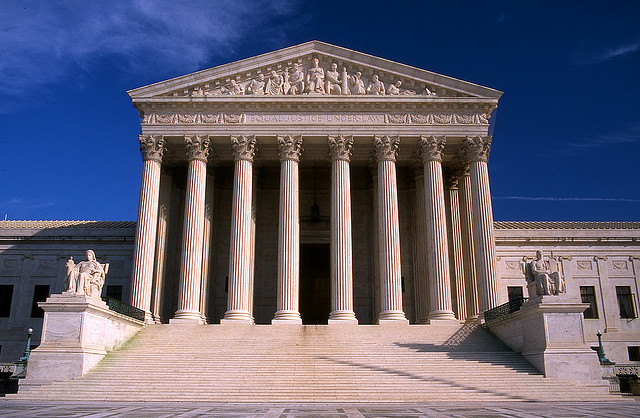Sacred Matters of Coen

Elijah Siegler For years the debate was whether the Coens had any serious background or interest in religion at all. Certainly it was there in their movies—but was religion just one more element in their ironic postmodern mix of genre, American folklore, and popular culture? Religiously minded viewers could have been reading too much into it.
Religion Around Michael Bolton: A Modest Proposal

Mark Hulsether To the Editors of the Religion Around Series: It has come to my attention that your press has initiated a series of short books about how religious or quasi-religious themes relate “around” creative artists. But it seems that, in practice, most such “prominence” could be translated into an idiom of highbrow tastemakers valorizing artists who enjoy universal acclaim—or even a language of reproducing elite hegemonic cultural capital. Herewith, I submit a modest proposal for a book more attuned to making the series pluralistic and representative of the everyday lived tastes of subaltern listeners: the manifold religious dimensions of Michael Bolton.
What Star Wars Taught Me About the Bible

Jonathan Homrighausen Apocalyptic has always been one of my least favorite biblical genres. First, it can make for very tedious reading, with its densely symbolic accounts of battles and political turmoil. And second, I’ve always struggled with the black-and-white moral dimension of it. To me the world just doesn’t work like that. . . . But then I saw Star Wars: The Force Awakens, and, oddly enough, it helped me understand the Bible better.
Orientations, Comparison, History

This is a three-part conversation. Kathryn Lofton and Tomoko Masuzawa, two of the leading lights in the study of religion, cover a variety of topics, including secularism, critical theory, history, comparison and more within the field. It is an engaging and wide-ranging conversation, for your enjoyment and illumination.
Reclaiming The Radical Socialist, Martin Luther King Jr.

Louis A. Ruprecht, Jr. “This book unearths a radical King that we can no longer sanitize.” The King West portrays here was “anti-imperial, anti-colonial, anti-racist, and [a] democratic socialist,” but he was also courageous in every sense of that term, even and especially in the face of death. “Could it be,” West asks, “that we know so little of the radical King because such courage defies our market-driven world?”
7 Questions for Andrea R. Jain

Andrea R. Jain One difficult thing about writing Selling Yoga, though it was not surprising, is that contemporary popular culture defies the ability to locate any cultural object at one site or sites. And in the case of pop-culture yoga, we cannot locate it in my chosen sites alone. However, as a practical move, I had to select my examples as windows into the incalculable sites of the construction, dissemination, and practice of yoga. I had to carefully select from case studies in my effort to demonstrate that the postural practice we most associate with yoga today underwent global popularization as a consequence of its coincidence with transnational cultural developments.
Religious Cultures Under the Radar: Jews of African Descent

Judith Weisenfeld On October 4, 2015, the International Israelite Board of Rabbis, a body overseeing a group of congregations of Jews of African descent, voted to elevate Capers Funnye, rabbi of Chicago’s Beth Shalom B’nai Zaken Ethiopian Hebrew Congregation and first cousin to Michele Obama, to the position of Chief Rabbi. Installed on October 24 at a ceremony in his home synagogue, Funnye became the third Chief Rabbi in the history of the Israelite Board, which has its origin in the Commandment Keepers Ethiopian Hebrew Congregation founded in Harlem in the early 20th century by St. Kitts native Rabbi Wentworth Matthew and the first Chief Rabbi.
Under-the-Radar Religion for Nones: Björk’s ‘Vulnicura’

Mark Hulsether If there is any part of our culture where the (typically noxious) idea of trickle-down influence actually makes sense, Björk is a good place to look. She ranks amid an extremely select handful of musician’s musicians whose creative innovations especially matter. This year her superb record, Vulnicura, flew less under the popular radar than some of her earlier work, since it was coordinated with an exhibit showcasing her fashion innovations at New York’s Museum of Modern Art and features in the New Yorker and New York Times Magazine.
Reflections on the Sacred at Year’s End

Louis A. Ruprecht, Jr. The consequences of this decision thus may not be as benign as the majority opinion suggests in the end. “The First Amendment ensures that religious organizations and persons are given proper protection as they seek to teach the principles that are so fulfilling and so central to their lives and faiths” (27), Kennedy reassures us. But unless I misunderstand him, he has simply authorized religious persons and groups opposed to this decision to continue to speak out against it, in emphatic terms. This culture war is just getting started.
2015: The Year in Religion

Gary Laderman Death. Violence. Carnage. Hatred. Warfare. Demonization.
Bliss. Transcendence. Community. Comfort. Love. Glorification.
Overall, I’d say this year has been a mixed bag for religion. But then again, I’d have to say that every year throughout human history religious acts and beliefs have brought both bad and good to communities of people across the globe. America in 2015 is no different.
